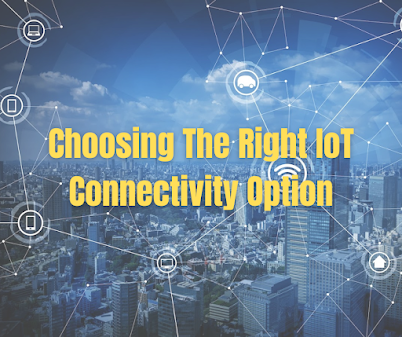What is the difference between IoT SIM card and normal SIM card?
An IoT SIM card and a normal SIM card serve the same basic
function, which is to connect a device to a cellular network. However, there
are some key differences between the two:
1. Coverage: IoT
SIMs is designed for use in remote or difficult-to-reach areas where standard cell
phone reception may be weak or non-existent. Therefore, IoT SIMs are often
optimized for extended coverage and are available in plans tailored to ensure
that devices stay connected even in areas with limited coverage.
2. Data usage:
IoT SIMs can be programmed to transmit data at set intervals, without the need
for the device user to manually initiate the transfer of data. This is useful
in situations where the device is placed in remote or inaccessible locations,
such as within a connected vehicle or remote IoT monitoring systems.
3. Security: IoT SIM cards are designed with an increased level of security compared to regular
SIMs. This is due to their frequent use in applications where security is a top
priority, such as for health monitors or in smart factory equipment.
4. Pricing: IoT
SIM cards are often available with different pricing packages compared to
regular SIM cards. In general, IoT SIM cards come with more flexible billing
options to suit businesses' needs that involve a high volume of devices over
long periods.
Therefore, while IoT SIM cards may appear similar to normal
SIMs at first glance, they are tailored to meet the specific needs of IoT applications,
such as remote monitoring, industrial control, telematics, and asset tracking.



Comments
Post a Comment